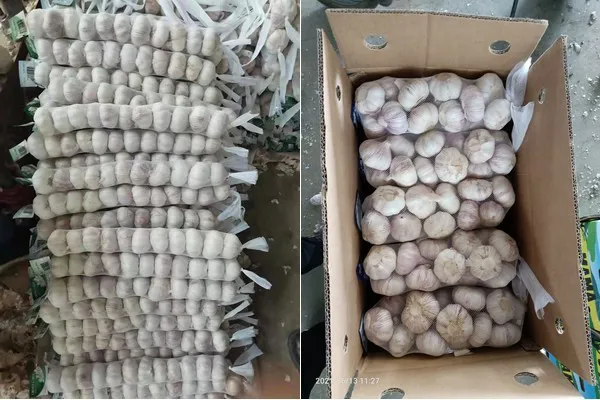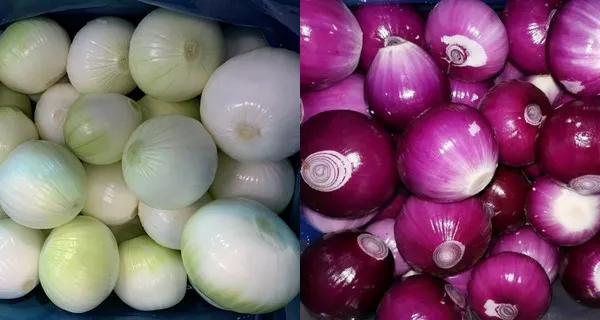The middle of September is a busy season for agricultural production areas across China. During this period the labor price goes up, and some exporters use the higher cost price to delay overseas orders. In addition to high costs in production areas, the shipping cost continues to rise as well. The overall export volume of onions already declined as a result of the soaring shipping cost. Mr. Wang Jun, Sales Manager of Jining Shangzhuo Food Co., Ltd., recently shared his view on current conditions in garlic and onion production areas and markets.

High labor cost affects garlic export
Buyers with storage space continue buying garlic until September. That is when the trade in cold storage garlic begins. The autumn harvest, one of the busiest agricultural periods of the year, recently began for Shandong, Jiangsu, and Henan. Farmers in these provinces began their preparations for the next season of garlic and other agricultural products. The sudden increase in agricultural work always creates a shortage of workers, which in turn pushes the labor price up.
Some exporters have no choice but to raise their reported garlic prices by 1,000 yuan [154 USD] per ton to cover the rising labor cost. And some exporters delay their delivery to overseas clients to avoid the high labor cost at the moment. They hope to wait until the busy period is over before they begin processing and exporting garlic.
As for domestic retail, the festivities around National Day [1 October] always stimulate the market. However, in the end garlic is a flavoring product with stable demand. The price fluctuations in the domestic market are quite small. The price only drops when supply exceeds demand.

Export onions are sold in the domestic market because transport costs are higher than the product value
The only onions currently on the domestic market are from Gansu. The harvest season is expected to last until the end of September. The overall surface area devoted to red onion plantation in Gansu is much bigger than in previous years. On top of that, weather conditions were great, so the overall production volume and product quality are excellent this year.
The price of onions is more or less the same as last year. The factory price of #50 preserved yellow onions is around 280 USD per ton, and the factory price of pealed onions is around 400 USD per ton. However, some exporters have had no choice but to stop exporting onions for the moment as the cost of shipping is too high. The product value of onions is quite low. The cost price of shipping is around 600 USD per ton, which means the cost of shipping is higher than the product value.
Some exporters have stopped purchasing onions in production areas and they have stopped processing orders from overseas clients because the shipping cost is simply too high. The only other option they have is domestic retail in the hope that the domestic market can absorb the excess onions.
For more information:
Mr. Wang Jun
Jining Shangzhuo Food Co., Ltd.
Website: www.shangzhuofood.com
E-mail: wangjunjie@shangzhuofood.com
